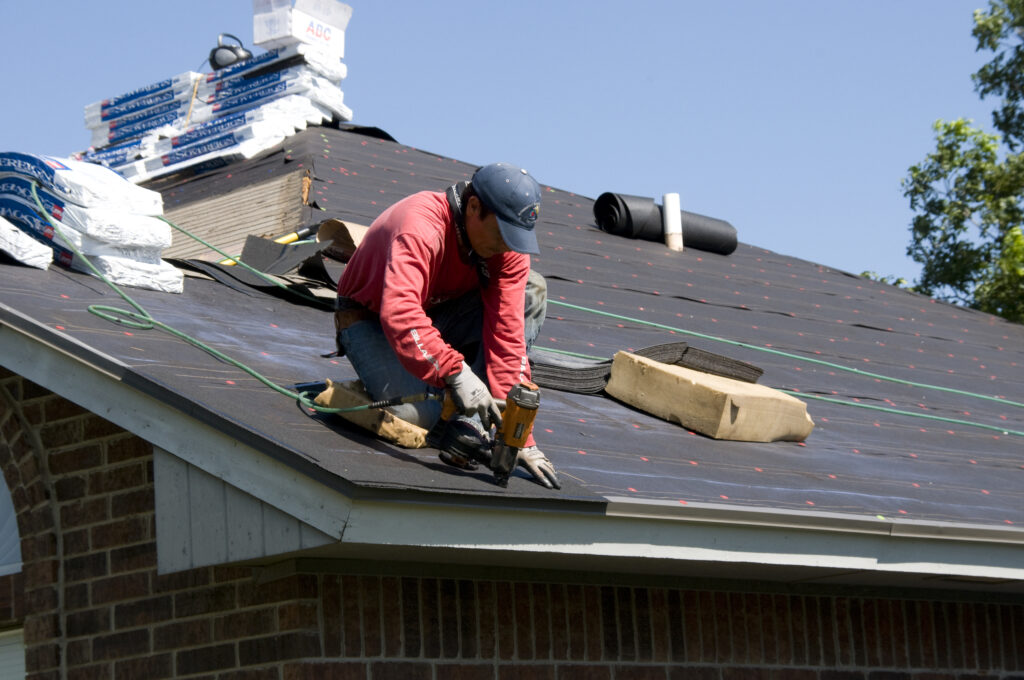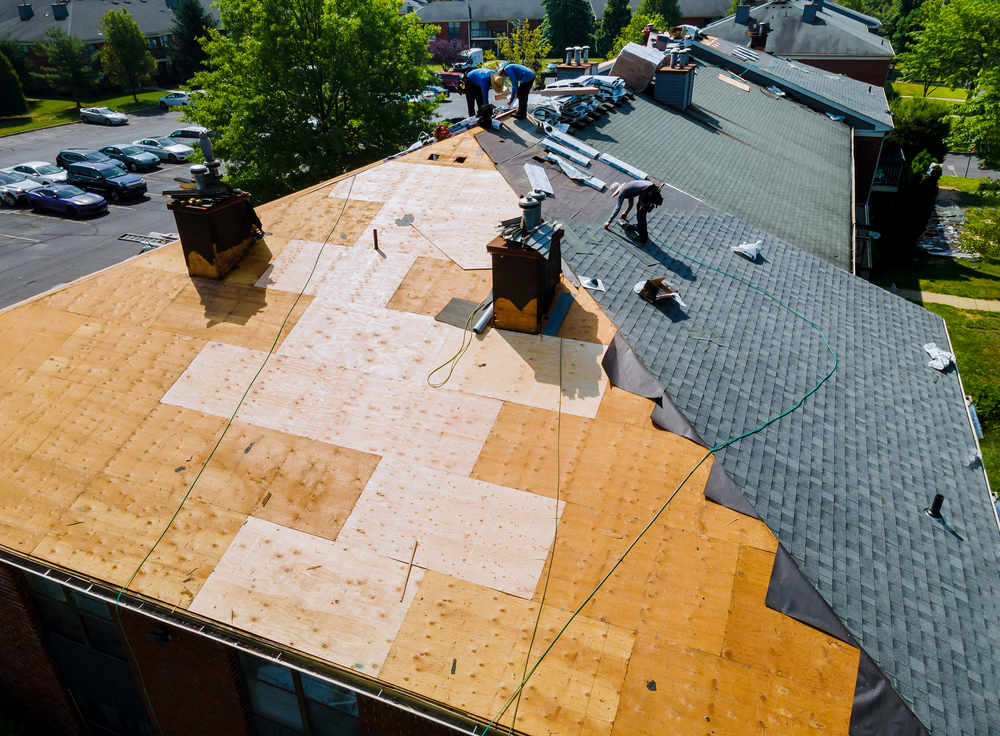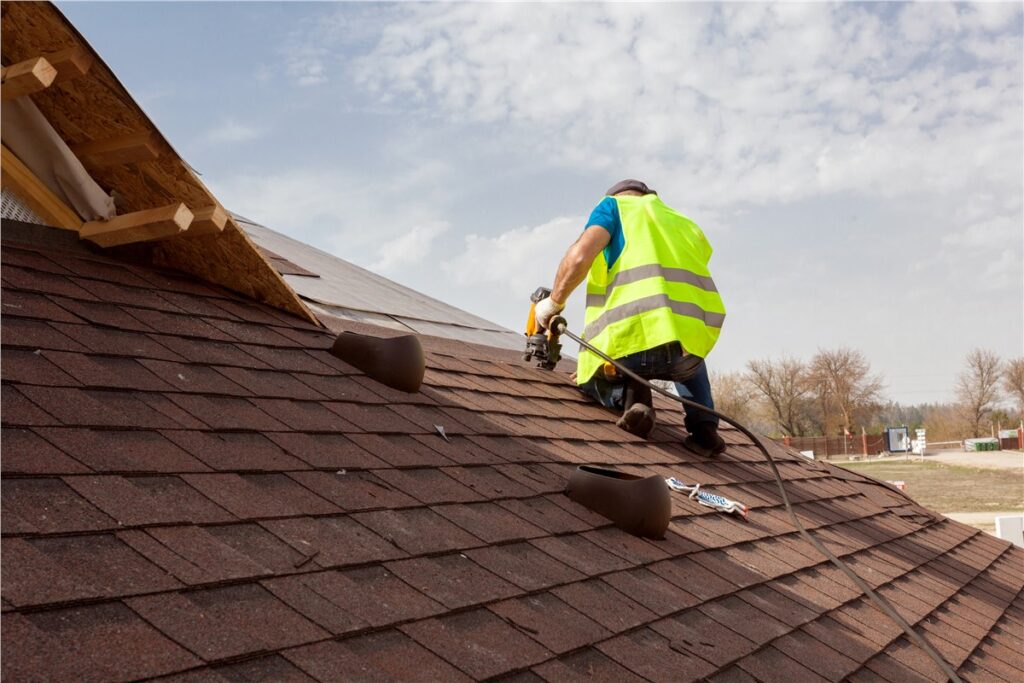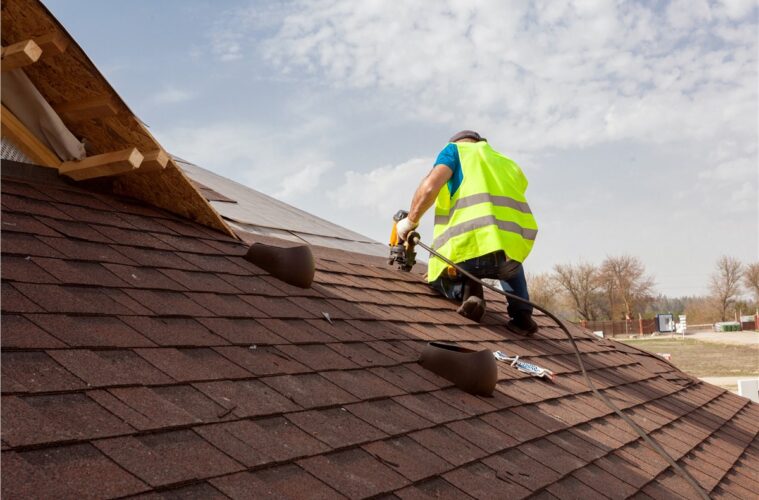Your home deserves a sturdy, well-maintained roof. It’s an aesthetic choice and a critical element that significantly contributes to your home’s overall value. Plus, it boosts energy efficiency by enhancing insulation, minimizing heat loss in winter, and keeping the interior cool in summer. This translates into notable energy savings.
However, the cost of roof replacement can sometimes be steep. For this reason, estimating the price before embarking on the project is wise. Many homeowners ask, “Does insurance cover roof replacement?” Depending on your policy specifics, your insurer might cover a portion or all expenses. Below are the five factors that impact roof replacement costs:
Quality Of Roofing Materials

source: pinterest.com
In roof replacement, the quality of your chosen materials is a pivotal factor influencing cost. Premium materials may come with a higher upfront price but guarantee superior durability, aesthetics, and potentially more extended warranties.
Consider high-quality asphalt shingles, for instance. They offer enhanced weather resistance and longevity in comparison to standard options. Likewise, top-tier metal roofs excel in elemental resistance and may outlive a basic metal roof by two to three times.
Opting for cheaper roofing materials might seem tempting to keep the initial costs low, but one must also weigh the long-term effects. Premium materials often require fewer repairs, potentially saving your roof’s lifespan. Striking a balance between initial cost and long-term value becomes crucial here.
Size And Pitch of The Roof
The dimensions and steepness of your roof are essential when estimating replacement costs. A giant roof necessitates more materials and, thus, increases costs. Whether it’s the number of shingles, underlayment, or other requisite supplies, everything escalates with the size of your roof. This also extends to labor costs, as replacing a giant roof demands more time and effort.
The pitch, or the incline of your roof, is just as important. Flat or low-slope roofs are less challenging to work on and hence, less costly. However, as the steepness increases, so does the job’s complexity. Roofs with a higher pitch call for extra safety measures and sometimes specialized equipment, adding to the overall cost.
Although you can’t alter the size or incline of your roof, grasping how they impact costs can aid in forecasting the overall expenses and planning accordingly.
Roof’s Condition And Design

source: pinterest.com
To estimate the cost of roof replacement, evaluating its current condition is paramount. If your roof has sustained significant damage, it may require additional repairs before the replacement can proceed. For instance, if there’s evidence of water damage or structural issues, you may need to address them. This could involve fixing your house’s underlayment or even the structural components. This process can be time-consuming and can add significantly to the overall cost.
The design of your roof also plays a part. Some tops are more complex than others. A roof with multiple gables, valleys, or other architectural features will require more attention to detail during the replacement process. The same applies if your roof has elements like chimneys, skylights, or ventilation pipes. Each of these features adds complexity, which can increase labor costs.
So, before you begin, look at your roof’s condition and design. These factors can significantly influence the total cost of the project.
Location And Time Of The Year
Your geographical location and the timing of your roof replacement also affect the overall cost. Higher living costs in your area could mean steeper labor costs. Additionally, local building codes, permit requirements, and disposal fees can vary, influencing the cost based on your location.
The timing of your project is another factor. Like many industries, roofing has its peak and off-peak seasons. Summer and early fall are typically busy periods, which might increase prices. However, the slower season in late fall and winter could see contractors offering discounts to maintain business. Strategic timing could save you a pretty penny.
Waste Removal And Warranty

source: pinterest.com
Disposing of old roofing material may not be free and can add a significant chunk to the overall cost. Some contractors might include waste removal in their initial quote, while others could charge separately. Knowing this upfront can help avoid any unpleasant surprises.
A warranty is another consideration that can influence your budget. A more extended warranty period typically comes with a higher upfront cost. Yet, this additional expense offers peace of mind, shielding you from future repair costs. An extensive warranty can be a sound investment when dealing with top-quality materials designed to last for decades.
Conclusion
Regular roof replacement is one of the most significant decisions you can make. It involves excellent financial commitment and careful planning. Having a clear understanding of the multifaceted factors that determine the overall cost enables you to make informed decisions, appreciating each choice’s impact on your budget.
Remember, your roof replacement isn’t merely an expense. It’s an investment in the long-term durability and value of your home. Embrace this journey with the assurance that you’re making enlightened choices that pave the way for a more secure, robust shelter for years to come.



